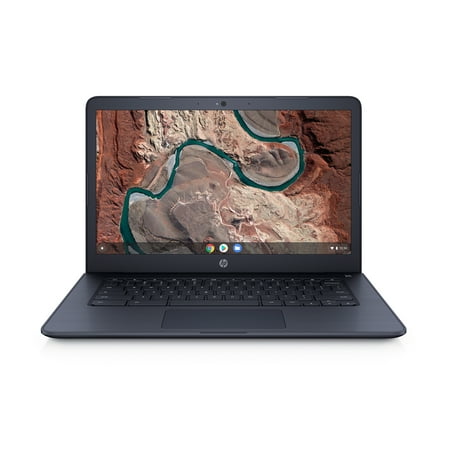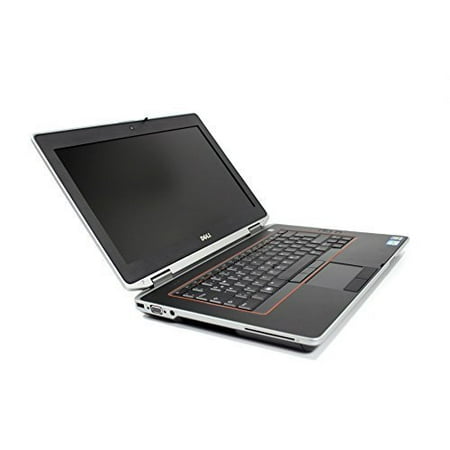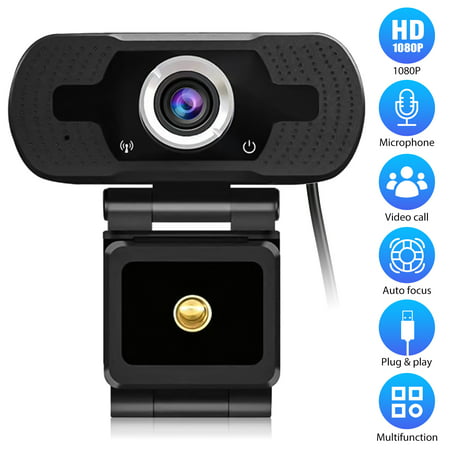Logitech Compact Wireless Mouse
Compare with M325. Logitech Compact Wireless Mouse – a better mix of precision and comfort. With its designed-for-Web scrolling, now everything you love to do online is easier.* Designed to improve your online experience, the wheel also helps perfect scrolling when you’re using other applications, such as Microsoft® Office® or Adobe® PDF. Based on the best-selling shape in the world, it keeps your hand happy-even after long hours of use-thanks to its contoured shape and textured rubber grips. With up to 18 months of battery life, it virtually eliminates the hassle of changing batteries. Smart sleep mode saves power, while an indicator light eliminates surprises. The tiny Logitech® Unifying Nano-receiver stays in your laptop-so it’s less likely to be lost-and gives you a reliable connection with virtually no delays or dropouts. Plus, you can easily add compatible wireless devices to the same receiver. At home, at school, at work- forget about tricky finger maneuvers with your laptop touchpad. Enjoy precise clicking and pointing while navigating your favorite websites thanks to Logitech® Advanced Optical Tracking.




Logitech Compact Wireless Computer MouseCompare with M325 style=”list-style: disc; overflow-wrap: break-word; margin: 0px;”>2.4 GHz connectivity provides fast transmission and virtually no delaysMicro-precise scrolling makes everything you love to do online easierContoured shape keeps your hand happy through hours of useUnifying receiver allows simultaneous use with compatible devices18-Month Battery life delivers lasting use without frequent Battery changesMicro-precise scrolling: New designed-for-web scrolling makes searches, shopping and browsing easierFeel-good design: Contoured shape and textured rubber grips keep your hand comfortable even after long hours





Reviews
There are no reviews yet.